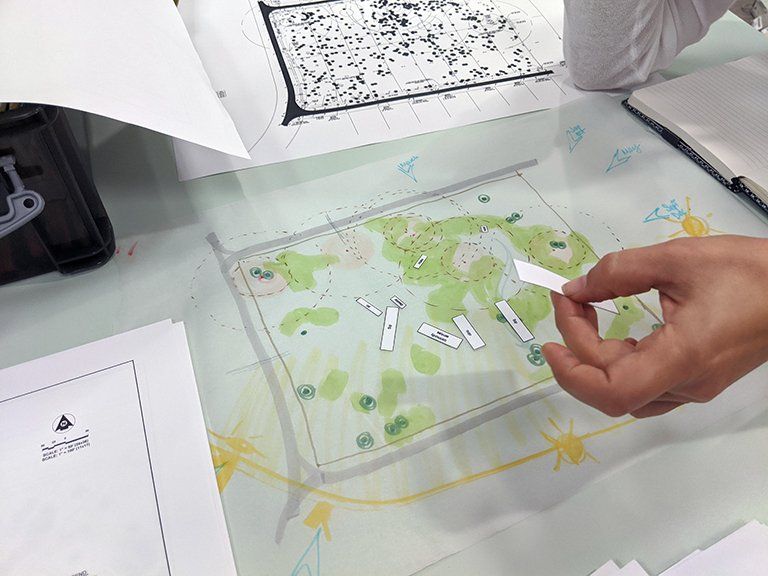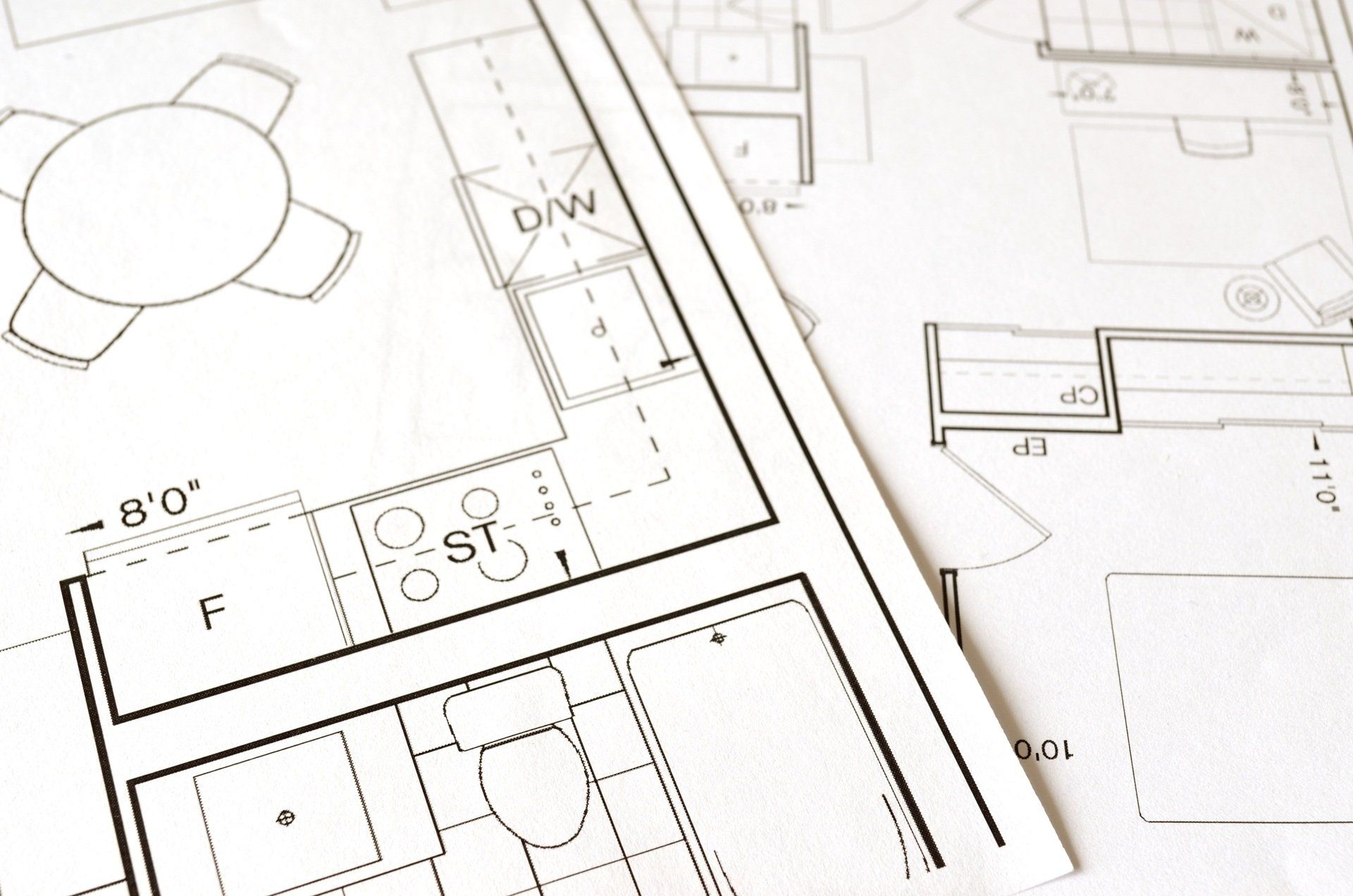Public Debates about ‘Eyesores’ in Art and Architecture
By Barron Schimberg, AIA
Reading about a public debate surrounding genuinely historic architecture in a village in New York got me thinking about the lively debate we’ve been having in Sarasota about a highly visible piece of art that has a tenuous tie-in to history.
Debating Brutalist Architecture in Goshen, NY
Robin Pogrebin, who reports on culture issues for the New York Times, has written articles about an architecture-related debate among residents and preservationists in Goshen, NY. (Goshen is a village of about 5500 people located 50 miles from New York City.) After the Orange County Government Center building in Goshen was closed due to storm damage last fall, some government officials and area residents recommended demolishing the blocky, concrete building. They regard it as an eyesore in their quaint village, known for its picturesque Main Street and Greek revival, federal, and Victorian houses.
Preservationists are horrified that the building might be torn down. That’s because the Orange County Government Center was designed by celebrated modernist architect Paul Rudolph. Completed in 1967, the building is a prime example of the brutalist style of architecture. In her article, Pogrebin explains that the brutalist style “rejected efforts to prettify buildings in favor of displaying the raw power of simple forms and undisguised building materials.”
In the article, Goshen resident and trained architect Patricia Turner argues that the brutalist-style building should be viewed as part of the area’s history, because it “reflects a snapshot in time in the late ‘60s and ‘70s when our history was turbulent. Isn’t that just as relevant as something that happened in 1868?”
Pop-Art Public Statue: Tacky or Historic?
In some ways the “eyesore vs. historic gem” battle in Goshen reminds me of a public debate we’re having in Sarasota about the 26-foot-tall “Unconditional Surrender” statue by artist Seward Johnson. In 2010, a World War II veteran put up $500,000 to buy the statue on the condition that the statue remain displayed in a highly visible location on the Sarasota bayfront.
Some people in our city love the “Unconditional Surrender” sculpture. Others ridicule it.
Some Sarasota residents and visitors may see the aluminum sculpture as “historic” because it reminds us of the many soldiers and sailors who left home to serve their country in World War II.
But other members of the Sarasota region regard the statue as a cheesy piece of pop art that is simply a supersized rendition of Alfred Eisenstaedt’s iconic photograph, “ V-J Day in Times Square.” I have witnessed visitors and tourists taking their photographs under the statue while gazing upwards, under the nurse’s dress.
Because the sculpture is located in such a prime, heavily trafficked spot, some people have started referring to it as Sarasota’s “tackiest landmark.” This raises the question: Would we (as a community) willingly choose the “Unconditional Surrender” sculpture to become the most widely viewed visual representation of Sarasota’s flourishing arts scene?
On April 28, area critics cheered when a driver accidentally smashed into the statue, requiring it to be dismantled and returned to the sculptor for repairs. But according to news reports, the veteran who donated the statue to the city hopes to have it back in Sarasota by August 14, the anniversary of VJ-Day.
Personally, I don’t mind that the “Unconditional Surrender” sculpture has provoked public debate. Art will always be subjective—some people will love works that others despise. Is architecture a form of art? Is a sculpture representative of a photograph, artwork? Is graffiti artwork?
What Do You Think?
In my opinion, the truly historic brutalist building should be preserved—even if it doesn’t fit in with the rest of the community. Destroying it would be like wrecking ancient Greek buildings to make way for new structures that would blend with modern Athens.
As for the “Unconditional Surrender” statue in Sarasota, I would prefer to see it displayed in a less prominent location. It represents one man’s desire to pay for a sculpture. If it was in his backyard, that seems fair. If it was displayed in an alley, that seems appropriate.
We live in a community that values and displays all forms of art. But I agree with those who wonder whether we really want this particular sculpture to become a symbol of art in Sarasota at the most prominent corner in our town.
So, what’s your opinion? Should we strive to give extra visibility to art simply because it reminds us of a historic event? Or, should we work harder to preserve architecture as an art form that reflects our culture at different periods in history?
LINKS





